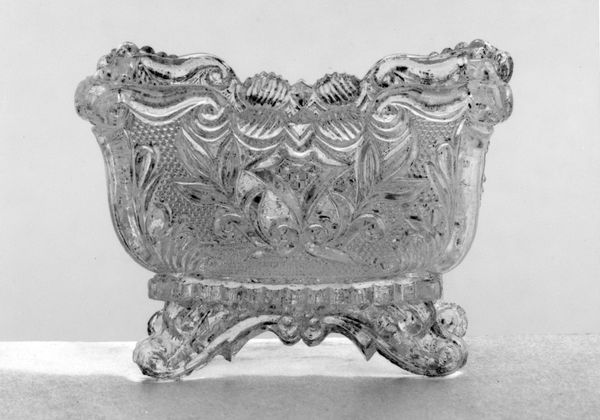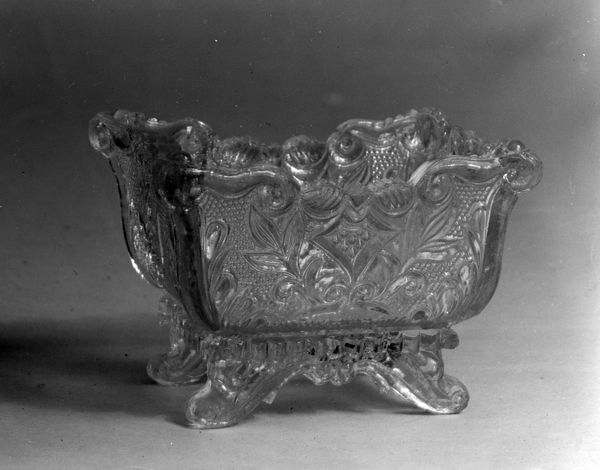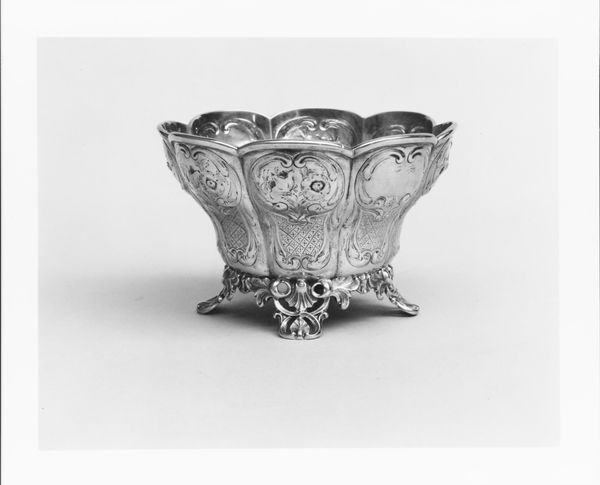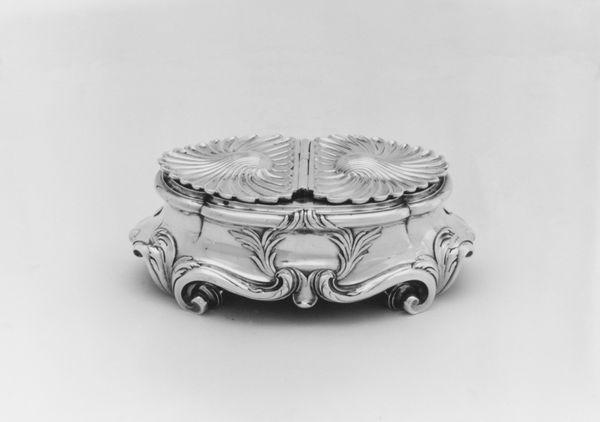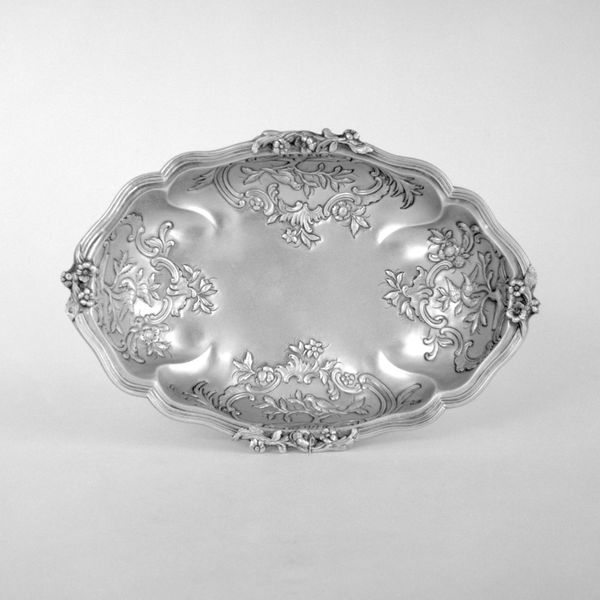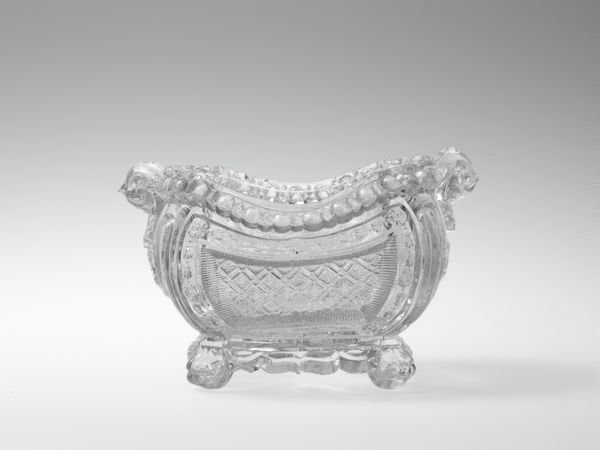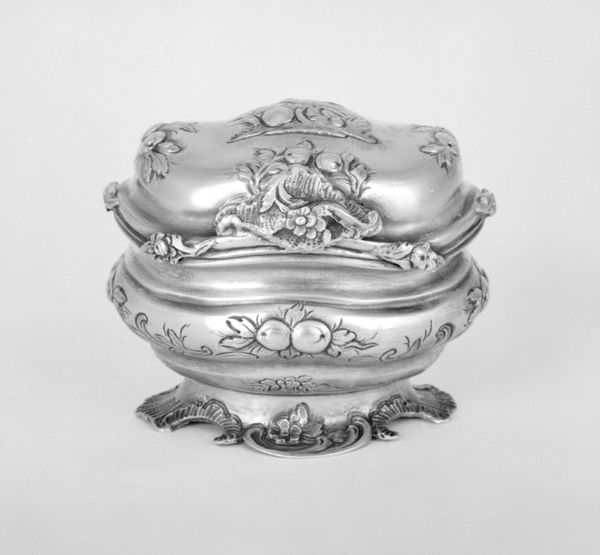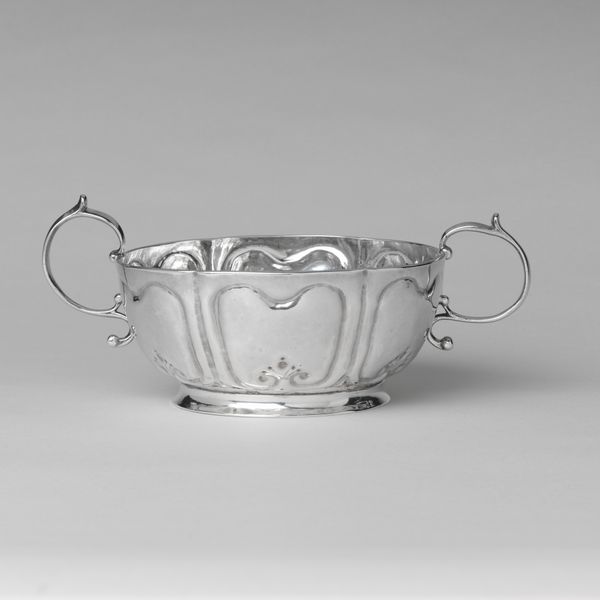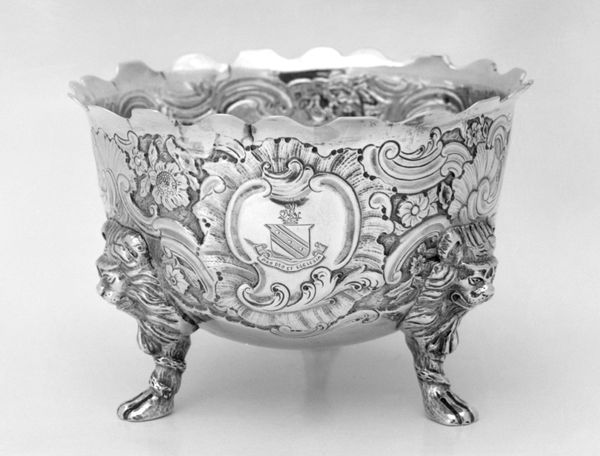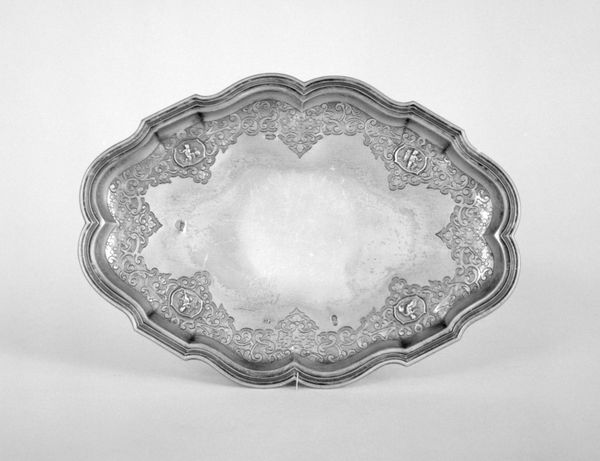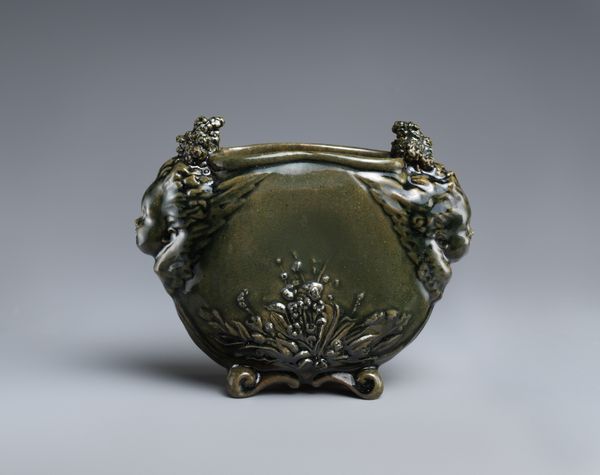
glass, sculpture
#
sculpture
#
glass
#
sculpture
#
decorative-art
#
realism
Dimensions: 2 3/16 x 2 7/16 x 3 in. (5.6 x 6.2 x 7.6 cm)
Copyright: Public Domain
This salt was made by the Providence Flint Glass Works between 1830 and 1833, using a technique called pressed glass. Molten glass was forced into a mold using a mechanical press, allowing for the rapid production of identical, intricate designs. Look closely, and you’ll see a complex pattern of leaves, diamonds, and scallops, made possible by this relatively new technology. It was quite a departure from the time-consuming process of hand-blowing each piece. Pressed glass democratized luxury, making decorative items affordable for a wider audience. The Providence Flint Glass Works was one of many American companies that capitalized on this innovation, contributing to the burgeoning consumer culture of the 19th century. But keep in mind that this rise in production relied on factory labor, performed by skilled but often exploited workers. The history of this humble salt dish, therefore, prompts us to consider the complex relationship between mechanization, aesthetics, and social equity.
Comments
No comments
Be the first to comment and join the conversation on the ultimate creative platform.
